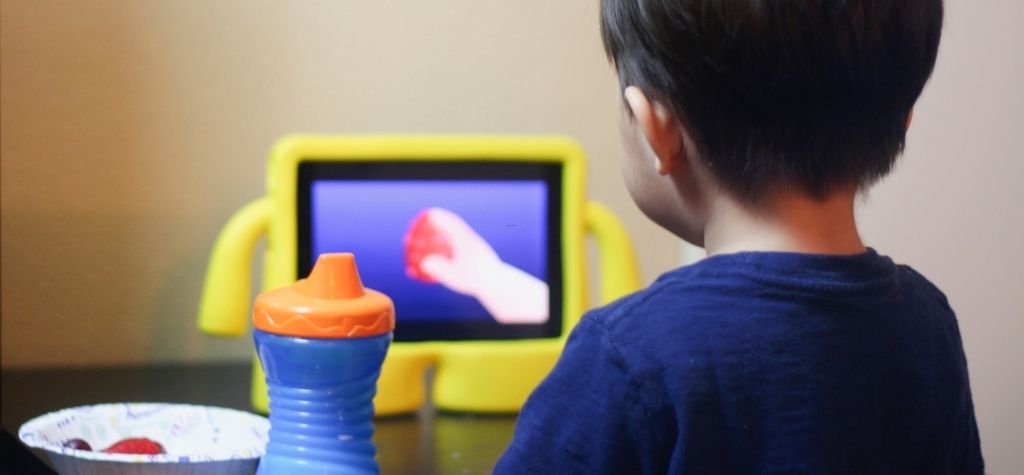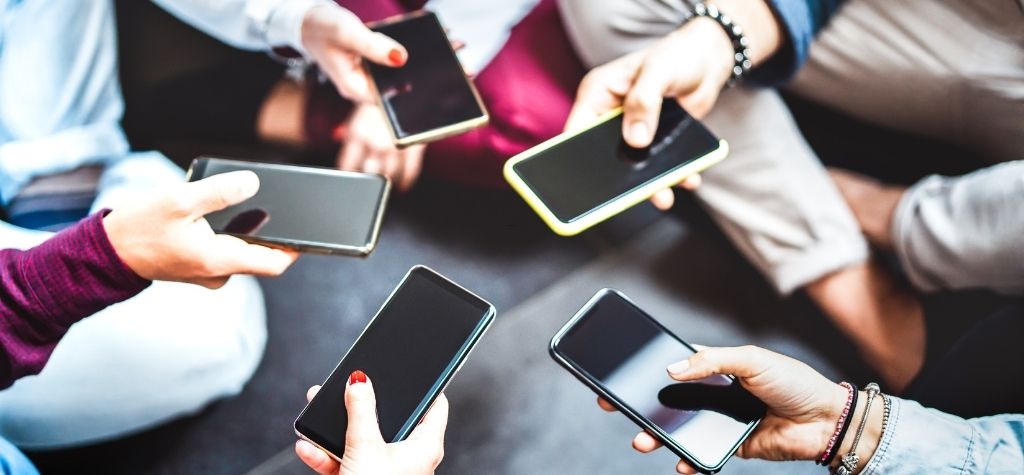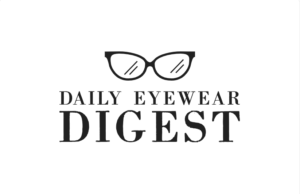Digital eyestrain—also known as computer vision syndrome—is a term used to describe a group of eye and vision-related issues that result from prolonged screen use. In 2025, our reliance on digital devices is at an all-time high, from smartphones and tablets to ultra-wide monitors and virtual reality headsets. Whether for work, learning, or entertainment, screens are a central part of daily life. This makes understanding the effects of prolonged exposure more important than ever.
The question we face now is critical: Are the screens we’re using in 2025 more eye-friendly than before, or are they silently deteriorating our vision over time? With technological advancements promising better displays and user experiences, it’s essential to examine whether these changes truly benefit our eye health.
The Evolution of Screen Technology

Over the decades, screen technology has drastically improved. From bulky cathode ray tubes (CRT) to sleek OLED and mini-LED displays, visual clarity and refresh rates have reached remarkable levels. In 2025, many devices boast high pixel density, blue light filters, and flicker-free backlighting to reduce visual fatigue.
However, as screens became more vivid and interactive, our usage also intensified. High-definition graphics, faster internet, and immersive interfaces mean we now spend more hours engaging with screens than ever before. So, while the hardware has become more sophisticated, our eyes are working harder to keep up.
Common Symptoms of Digital Eyestrain
Digital eyestrain manifests in both physical and behavioral ways. Key symptoms include:
- Dry or irritated eyes
- Blurry vision or double vision
- Frequent headaches
- Neck and shoulder pain
- Difficulty focusing after screen use
- Increased sensitivity to light
These symptoms are not always immediately obvious. They often develop over time and can affect productivity, sleep quality, and overall well-being.
Screen Time Statistics in 2025
The average adult in 2025 spends between 8 to 12 hours per day in front of a screen. This includes work, communication, gaming, and social media. Here’s a demographic breakdown:
| Age Group | Average Daily Screen Time |
|---|---|
| Children (5-12) | 5-7 hours |
| Teens (13-19) | 8-10 hours |
| Adults (20-60) | 10-12 hours |
| Seniors (60+) | 4-6 hours |
With hybrid work and online education becoming standard, these numbers are unlikely to decline soon.
Are Screens in 2025 Better or Worse for Our Vision?
This is the million-dollar question. On one hand, screen manufacturers have made significant strides:
- Higher resolution displays reduce pixelation, making reading easier on the eyes.
- Anti-glare coatings minimize reflections.
- Integrated blue light filters are standard on most modern devices.
- Adaptive brightness and contrast settings help adjust visuals to ambient light.
On the other hand, increased screen time and multitasking have offset many of these benefits. Even the best screens cannot compensate for continuous, unbroken viewing. The stress placed on eye muscles from shifting focus between multiple digital sources can still lead to discomfort.
Blue Light Exposure: Myth vs. Reality
Much has been said about blue light in recent years. While some claims are exaggerated, there is valid concern around its impact on sleep and potential for causing eye strain.
What’s true:
- Blue light can disrupt melatonin production, making it harder to sleep.
- It can cause discomfort during prolonged evening use.
What’s exaggerated:
- There’s no concrete evidence that blue light from screens causes permanent eye damage.
Blue light filters and “night modes” are helpful tools, but moderation remains key.
Device Types and Their Impact

Each type of digital device impacts our eyes differently:
- Smartphones: Proximity to eyes and small text size can strain eye muscles.
- Laptops/Tablets: Often used in poor posture settings, leading to compound strain.
- VR Headsets: Intense focus and brightness create unique challenges for vision.
- E-Ink Readers: Mimic printed paper and are generally safer for long reading sessions.
Choosing the right screen for the task can make a big difference.
Workplace and Digital Eyestrain
In 2025, remote and hybrid work setups dominate. This has led to extended periods of screen exposure without the natural breaks that occur in traditional office environments.
To combat this, employers and individuals are embracing:
- Ergonomic workstations
- Ambient lighting improvements
- Scheduled microbreaks
- Monitor positioning standards (20-30 inches from eyes)
Implementing these adjustments has been shown to significantly reduce digital eye fatigue.
Children’s Eye Health and Screens
The impact of screen exposure on children has been a growing concern, especially in a post-pandemic world where remote learning remains prevalent. In 2025, more than 70% of school-age children use screens for over six hours daily, often without adequate breaks or ergonomic support.
Consequences include:
- Increased cases of myopia (nearsightedness)
- Early onset of digital eye fatigue
- Disrupted sleep patterns due to evening screen use
- Poor posture leading to neck and back issues
Pediatric eye care professionals recommend:
- Limiting non-educational screen time
- Encouraging outdoor play, which helps prevent myopia
- Teaching the 20-20-20 rule: Every 20 minutes, look at something 20 feet away for 20 seconds
- Using blue light filters and ensuring screens are eye level
Parents and schools play a vital role in setting screen-time boundaries and promoting eye-friendly habits.
Vision Health Tips for 2025
Maintaining good eye health amidst a screen-dominated lifestyle requires conscious effort. Here are expert-backed strategies:
- 20-20-20 Rule – Prevent fatigue by regularly shifting your focus.
- Proper Lighting – Use diffused light sources to reduce glare.
- Monitor Positioning – Keep screens at or just below eye level.
- Text Size & Contrast – Adjust settings to minimize eye strain.
- Blink Often – Remind yourself to blink to keep eyes moist.
- Use Artificial Tears – Especially in air-conditioned or dry environments.
- Regular Eye Exams – Annual checkups can catch early signs of strain or vision changes.
These habits not only reduce discomfort but also prevent long-term issues related to overexposure.
Digital Wellness Technologies in 2025
Technology isn’t just the problem—it can also be part of the solution. In 2025, a wave of digital wellness tools is helping users manage screen time more mindfully:
- Screen Time Tracker Apps – Provide usage analytics and alerts
- Break Reminder Software – Encourages microbreaks and eye relaxation
- Wearables with Eye-Tracking Sensors – Monitor blink rate and alert when fatigue signs appear
- Smart Glasses with Filters – Automatically adjust to lighting conditions
These innovations empower users to balance screen engagement with ocular well-being.
Role of AI and Machine Learning

Artificial intelligence has revolutionized how we care for our eyes:
- Adaptive Displays – AI adjusts brightness, contrast, and color temperature in real-time based on user habits.
- Eye Fatigue Prediction Models – Use past behavior to warn users before symptoms set in.
- Remote Vision Testing Tools – Powered by machine learning to provide accurate diagnostics from home.
AI isn’t replacing optometrists but rather enhancing preventive care and promoting personalized eye health strategies.
Expert Opinions from Eye Care Professionals
Optometrists and ophthalmologists emphasize that technology alone can’t prevent eyestrain—user behavior is key. Their top advice includes:
- Avoid prolonged focus on one distance—alternate between near and far.
- Get annual eye checkups, especially if you work long hours on screens.
- Invest in quality eyewear if needed—blue light blocking lenses, prescription computer glasses, etc.
- Educate children early on about good screen hygiene.
Experts also highlight that early intervention is crucial. Ignoring symptoms can lead to worsening vision or chronic discomfort.
Future Innovations in Eye Care
What’s next for digital eye health? Promising developments in 2025 include:
- Smart Contact Lenses – Offering real-time eye diagnostics and adaptive tinting.
- AI-Powered Diagnostic Platforms – Using eye scans to detect not only strain but systemic health conditions.
- Screen Materials – Future displays may mimic natural light or reduce harmful emissions more effectively.
These innovations may soon make screens not only safer but possibly beneficial to our eyes.
FAQs on Digital Eyestrain in 2025
1. Is digital eyestrain reversible?
Yes, most symptoms are temporary and improve with rest, proper habits, and lifestyle changes.
2. Are newer screens really safer for the eyes?
While modern screens reduce glare and blue light, safety depends more on usage habits than hardware alone.
3. Can children use screens safely?
Yes, with time limits, good posture, breaks, and supervision, screen time can be safe and educational.
4. Do blue light glasses really work?
They help reduce strain and improve comfort, especially in low-light conditions, but they’re not a cure-all.
5. How often should I take breaks from screen time?
Every 20 minutes, follow the 20-20-20 rule. Longer breaks every 2 hours are also recommended.
6. Can digital eyestrain affect sleep?
Absolutely. Evening screen use can disrupt circadian rhythms. Blue light filters and reduced evening usage help mitigate this.
Conclusion: Striking the Balance Between Screen Use and Eye Health
As we embrace an increasingly digital world, digital eyestrain in 2025 stands at the crossroads of convenience and caution. While screens have indeed gotten smarter, clearer, and more adaptable, they also invite constant use. The key isn’t just in better devices, but in better habits.
By understanding risks, embracing tech tools, and following eye care best practices, we can protect our vision without abandoning our screens. The future of digital wellness depends not just on innovation, but on intentional living.

